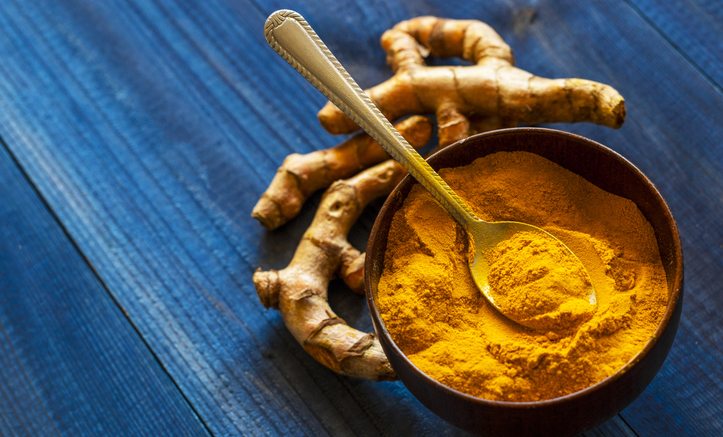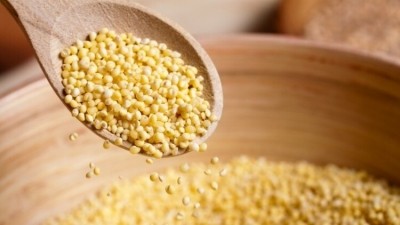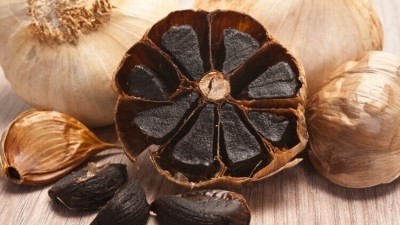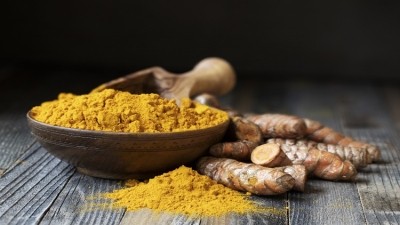A promising therapeutic: Turmeric displays potential to help control nonalcoholic fatty liver disease – RCT

The paper titled Effect of Turmeric Supplementation on Blood Pressure and Serum Levels of Sirtuin 1 and Adiponectin in Patients with Nonalcoholic Fatty Liver Disease: A Double-Blind, Randomized, Placebo-Controlled Trial was published in the journal Preventive Nutrition and Food Science.
The team tested turmeric and its impact on SIRT1 and adiponectin.
SIRT1 plays a role in glucose and lipid metabolism and, by association, inflicts metabolic disorders like NAFLD, whereas adiponectin affects insulin resistance and liver metabolism. A study showed that adiponectin levels are significantly lower in NAFLD patients compared to the control group.
For this study, 42 subjects with NAFLD aged between 20 to 60 years with BMIs ranging from 25 to 39.9 were recruited.
They underwent a 12-week randomised, double-blind, placebo-controlled trial with a parallel-group. Each subject got two 500mg turmeric capsules at each mealtime, totalling 3,000 mg a day, or a matching placebo capsule for 12 weeks.
Outcomes were measured using blood sampling after overnight fasting at baseline and at the end of the trial. Anthropometric indices and blood pressure were also measured and evaluated at baseline and the end.
All participants also completed a general information and background questionnaire, such as their age, name and any related disorders. Information on dietary intake was obtained using a three-day dietary record at the beginning and the end of weeks six and 12.
Findings
The turmeric group showed significant weight and BMI reduction, but not in the placebo group, compared with the baseline values at the end of the trial. However, there were no significant weight and BMI changes between the two groups.
Turmeric supplementation was also associated with a significant decrease in systolic BP (SBP) but not diastolic BP (DBP) in the turmeric group itself. But compared to the placebo group, there was no significant difference.
At the end of the trial, the serum SIRT1 levels were significantly higher than the baseline, while a similar difference in the serum levels was not observed in the placebo group. Between the groups, turmeric consumers led to a significant increase in SIRT1 levels.
The serum adiponectin also showed a slight increase at the end of the trial compared with the baseline in the turmeric group but not in the placebo group. No significant change was detected between the groups.
The results suggested the potential efficacy of turmeric in improving SIRT1 levels in NAFLD patients. A downregulation or lower SIRT1 levels have been reported in obese patients with the disease. Therefore, the serum should be considered a potential therapeutic target.
The study also suggested that turmeric supplementation might be able to increase serum adiponectin levels, despite the levels not being statistically different between the groups.
Meta-analyses conducted by the researchers revealed the impact of BMI reduction in NAFLD patients. However, the between-group comparison did not demonstrate a significant decrease in BMI. But there was a significant reduction within the turmeric group, which could involve the duration and dosage of the supplementation.
In conclusion, the study proved that turmeric effectively improved SIRT1 levels in NAFLD patients compared to the placebo group; in fact, the efficacy of turmeric may increase with the long-term use of higher doses.
Turmeric can be a promising therapeutic choice to control NAFLD based on the available data. Its efficacy can also be increased with the long-term use of a higher dose.
This work was supported by the Research Deputy of Tabriz University of Medical Sciences, Iran.
Source: Preventive Nutrition and Food Science
DOI: 10.3746/pnf.2022.27.1.37
“Effect of Turmeric Supplementation on Blood Pressure and Serum Levels of Sirtuin 1 and Adiponectin in Patients with Nonalcoholic Fatty Liver Disease: A Double-Blind, Randomized, Placebo-Controlled Trial”
Authors: Ali Kalhori et al.






















